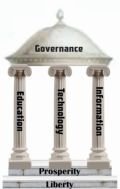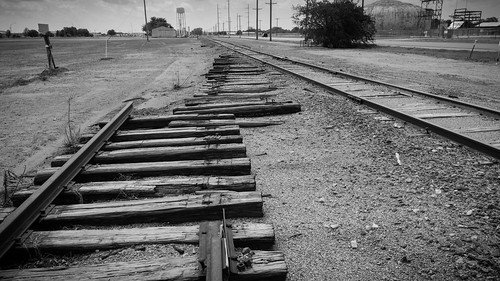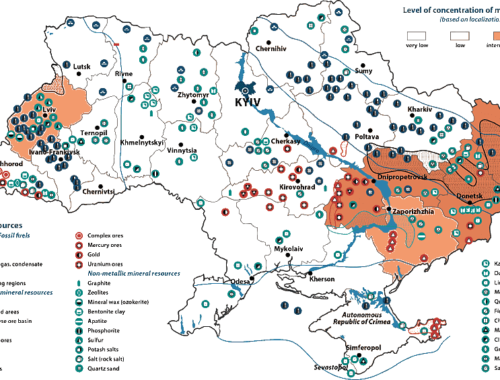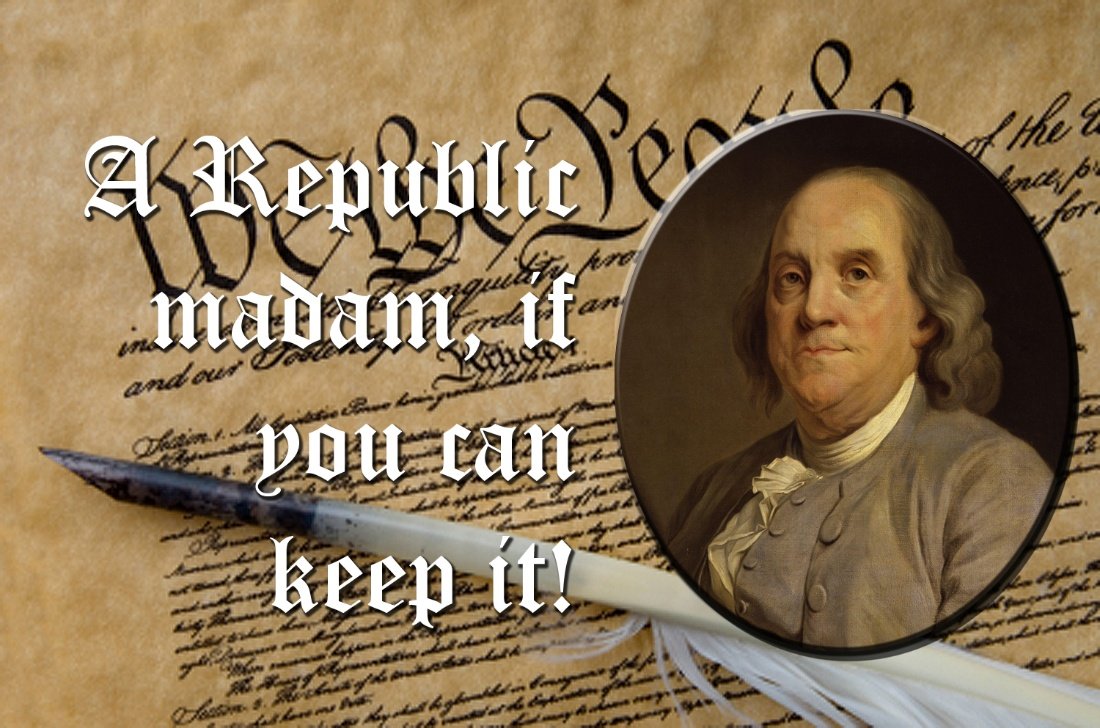
The Virtuous Republic, Part 4: Is the US Still a Republic?
Abstract: Ben Franklin replied to the question of what kind of government do we have with “A republic I you can keep it.” Over 200 years later, it looks like his concerns were warranted. The US is barely a republic today. Yes, we have the external trappings with elections and congress. However, most of our politicians’ campaigns and, it seems, looking at some politicians, their personal wealth, are funded by PACs and political parties. Politicians also frequently vote along party lines, perhaps whether or it is their constituents’ interests. PACs are about 65% of funding and congress members vote along party lines approximately 70% of the votes. Under these conditions, the US form of government may best be called Aggregatism. And like an aggregate-based road, it is subject to severe potholes.
In Part 3 of this series, I noted members of Congress seem to consistently vote along party lines. This raises the question, do politicians now have a greater loyalty to their party than they do to their constituents? If that is the case, have we evolved into something other than a republic? Yes, we still have the outward trappings of a republic, but are they just a costume for something else?
The founders of the republic deliberately created a republic with checks and balances designed to mitigate the problems they saw in ancient Greece and Rome. But they knew the temptation to corrupt the state would be strong. That is why when Elizabeth Willing Powel’s question: “Well, Doctor, what have we got, a republic or a monarchy?” Franklin answered, “A republic if you can keep it.”
Some of the original language of the Constitution, such as restricted voting and state appointment of senators, were not implemented to be racist or sexist, but to ensure those paying taxes voted and to balance the interests of large versus small states. The Electoral College is one of the few remaining checks we have left. The founders understood the need for balance and checks on power to prevent the problems of Greece and Rome.
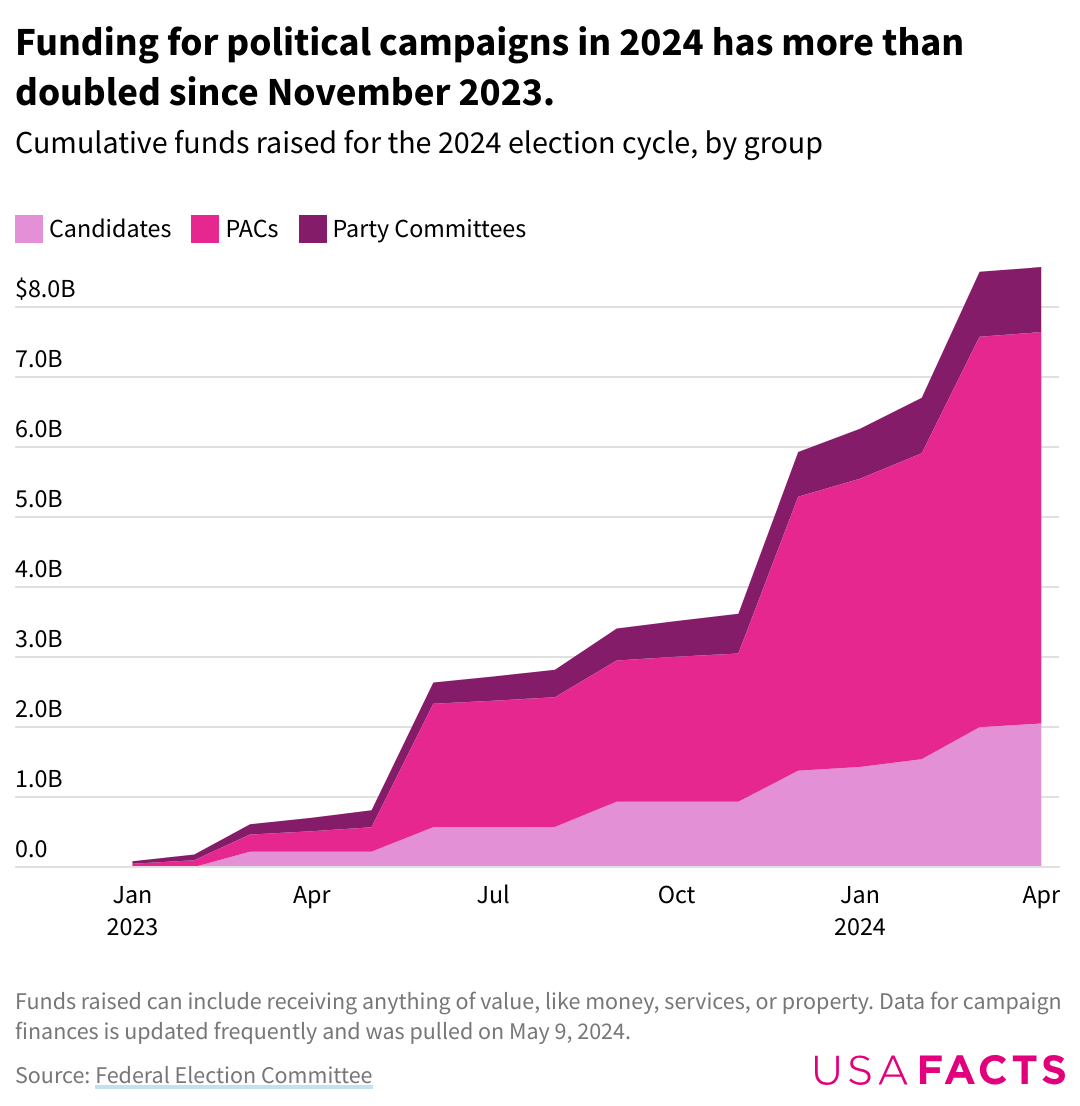 Are politicians more beholden to their political parties than they are to their constituents? A look at how candidates finance their campaigns is interesting. The graph below shows funding sources.
Are politicians more beholden to their political parties than they are to their constituents? A look at how candidates finance their campaigns is interesting. The graph below shows funding sources.
PACs were about 65% of funding. Party and PAC funding dwarfed candidate fund raising. Clearly, some people think those contributions buy them something. If most of a candidate’s campaign funding does not come from constituents and candidates vote overwhelmingly by party lines, something seems amiss.
Rollcall’s collected data shows congress voted along party lines 69% of the time in 2024, with the senate at nearly 75%. I suspect that if we broke the data out along vote types and impacts, the party unity votes would be even higher for the critical votes as opposed to routine votes. Most sites show the democrats tend to have higher party unity voting than republicans.
Under these conditions, I am not sure the US is still a republic. The key to a republic is the power flows through the people to the government, and the government works and represents the people’s will. We have elections…sort of. If the PACs, the parties, and other elites control who is a candidate, then perhaps all we are doing in an election is choosing a political party. When see things like President Biden in his dotage and numerous members of Congress and Supreme Court justices in their dotage, we may conclude the office is more about party control than the officeholder and their duties to represent their constituents.
My hypothesis is the US is no longer a true republic and is transitioning even further from a true republic. We see elements of corporatism, oligarchy, and special interest groups (factions in Madison’s Federalist 10) in the governmental mix. We also see an emphasis on democracy rather than a republic. Remember, the founders were concerned about the dangers of democracy, especially to minorities.
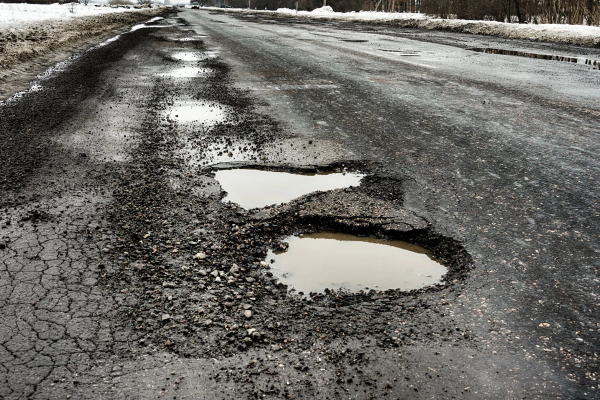 So, if we are not a republic, what are we? Let me coin the phrase Aggregatism. Think of a paved road with lots of different rocks embedded in the mix. This is a form of an aggregate. The asphalt binds it all together and provides the surface, but the embedded rocks give it strength and stability. But stress, wear and tear, and weather can damage the surface and create potholes as shown in the figure. This is much like the state of American governance today. The political parties are the asphalt, and the corporate interests and special interests are the embedded rocks. But over time, these three can work against each other and develop potholes that can look like chasms.
So, if we are not a republic, what are we? Let me coin the phrase Aggregatism. Think of a paved road with lots of different rocks embedded in the mix. This is a form of an aggregate. The asphalt binds it all together and provides the surface, but the embedded rocks give it strength and stability. But stress, wear and tear, and weather can damage the surface and create potholes as shown in the figure. This is much like the state of American governance today. The political parties are the asphalt, and the corporate interests and special interests are the embedded rocks. But over time, these three can work against each other and develop potholes that can look like chasms.
Like an aggregate road, aggregatism is not inherently stable and requires continual repair and upkeep. In the government model, aggregatism needs to rebalance power among its constituents to meet new stressors and to be resurfaced to make it appear more successful to its constituents. To make matters even more interesting, with our two-party system, we see the intersection of two boulevards, each with different traffic and a broken traffic light.
We are in a worse situation than the late 19th/early 20th centuries with the trusts. President Theodore Wilson stepped in a busted the trusts. Is there a TR-like candidate waiting in the wings today?
